I will soon be attempting my first grow using maybe 2 cfl's (about 35 watts each) for one plant. I will be adopting the common 18/6 method for vegging, and 12/12 for flowering. However, when I switch to 12/12 I have heard it is better to switch the type of light I am using as CFL's are best for the vegetative period. So my question: For various reasons I want to stick with using CFL's throughout. Is there any types of CFL's on the market producing different types of light? Or is there any good methods that you may know about that will assist with the flowering period?? Any help is appreciated -- Cheers!







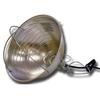
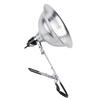
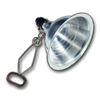
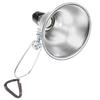
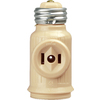

 im confused???? why do i need to read about CFL's?? just wondering??
im confused???? why do i need to read about CFL's?? just wondering?? 